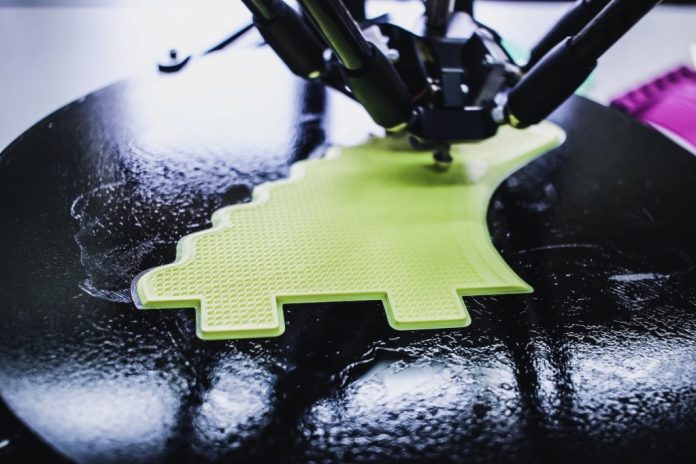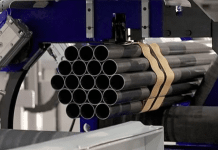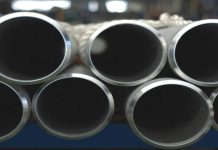Prototyping involves building a sample product, whether physical or functional, to test out the design attributes and quality. It is one of the most critical components of a product development process. The development team can see the design, size, color, and other characteristics in real-time and make changes before the product is launched to the market.
There are several methods and techniques for rapid prototyping. Techniques may also vary according to the location, such as for rapid prototyping china. Some use traditional ways, while others work on contemporary processes. Keep reading to explore all about rapid prototyping in detail.
What Is Rapid Prototyping?
Rapid prototyping involves using modern digital techniques to provide quick sample output. Some product development teams may lean towards manual or non-digital techniques. Still, speed is of the essence in prototyping, which can be better achieved by using a digital method like CNC tooling, CAD designs, and more.
A range of manufacturing and development technologies are covered under rapid prototyping. These can be categorized into additive, subtractive, or compressive processes.
Additive techniques are the most common for rapid prototyping. Subtracting methods involve carving out the material to produce the desired shape, such as grinding the material. The chosen material is pressurized in compressive techniques to form a required shape, such as in molding.
What Is The Process Of Rapid Prototyping?
The rapid prototyping process is based on a few different steps.
- First, a prototype is created based on the requirements. It can be high or low-fidelity and interactive or non-interactive.
- The focus group, colleagues, and stakeholders try out and share feedback regarding the prototype.
- Another prototype is created with improvements based on the feedback. This new prototype is shared with the members, and step 2 is repeated. The process of building samples and improving based on feedback keeps occurring until no more improvements are required.
Low And High-Fidelity Prototypes
The rapid prototype process may create low-fidelity or high-fidelity prototypes.
The low-fidelity prototype is a basic version of the actual product, such as a rough sketch. It is possible that you won’t be able to review and evaluate it interactively. These are just to give a visual idea to the user.
The high-fidelity prototype is one in which there is more interaction. It looks and functions a lot like a real product. You can click buttons and surf to evaluate the product in detail.
Benefits Of Rapid Prototyping
There are several benefits of using rapid prototyping processes for product development.
Short Generation Cycles
Rapid prototyping techniques focus on producing the sample design in a short period. Sometimes, the prototype will be completed in just a few days. These short generation cycles save a lot of time and resources. More free time is available for creative critique on the prototype and making changes.
Less Risk In The Later Stages
Rapid prototyping ensures that you can examine and manage the product in its early stage without investing much in it. If there are any issues with the features or design, they can be detected and dealt with during the initial part of the process.
Focus On Customer Requirements
Rapid prototyping creates samples quickly so that creative and other issues can be pointed out early in the product development process. Through early revisions, when the product is launched, it has more chances of closer to the customer’s requirements and wants. With the customer satisfied, the product will not have to be sent back for changes and is more likely to succeed in the market.
Conclusion
Rapid tooling is the present and the future of manufacturing industry. It can significantly streamline the process and make product development efficient. Make sure to evaluate and pick the right techniques of rapid prototyping for your business and you will be able to enjoy better outputs and market results.










